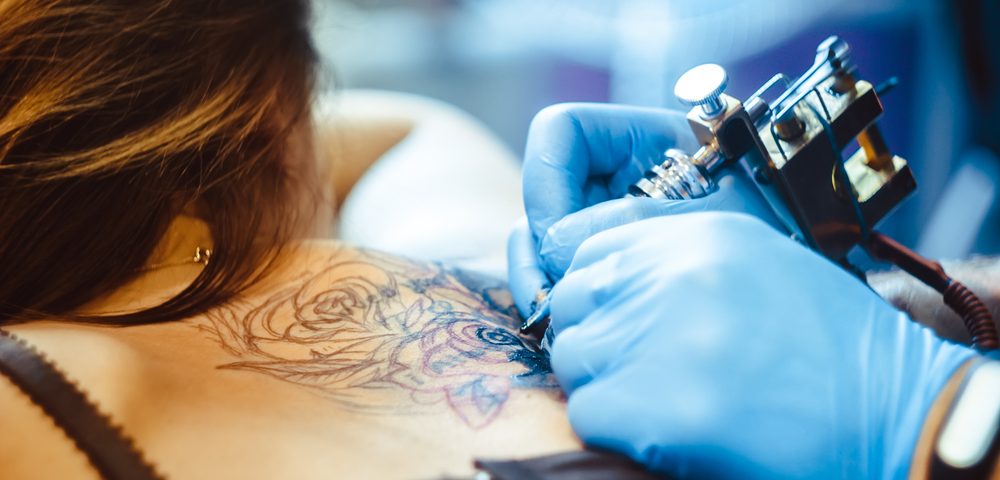Tattoo ink can generate a condition that mimics lymphoma, doctors at the Royal Prince Alfred Hospital in Australia discovered.
A 30-year-old woman showed many of the signs of lymphoma. But when doctors looked closer, they discovered that her enlarged lymph nodes held pieces of ink along with hoards of inflammatory cells. That led to a diagnosis of granulomatous lymphadenitis, a lymph node condition whose hallmarks are inflammation and an accumulation of white blood cells.
Researchers said there have been other cases of doctors mistakenly diagnosing inflammatory reactions to tattoo ink as cancer. What made this situation different was that the reaction didn’t show up in the patient’s skin.
The case study, “Tattoo Pigment–Induced Granulomatous Lymphadenopathy Mimicking Lymphoma,” was published in the journal Annals of Internal Medicine.
Researchers said the woman sought medical attention when she had felt lumps in both armpits for two weeks. She had a large, 15-year-old tattoo and a smaller one 2 1/2 years old.
She reported no fever, night sweats, weight loss, or lung problems — symptoms that could be associated with lymphoma — but doctors felt several armpit lumps. A range of laboratory tests failed to reveal anything out of the ordinary, and chest X-rays came back normal.
When doctors switched to an imaging method called positron emission tomography–computed tomography, or PET-CT, they noticed that she had a number of enlarged lymph nodes in her chest.
Although they “interpreted these findings as consistent with lymphoma,” they could not detect any cancer cells when they used a needle to take a fluid sample. It was only when they surgically removed an entire lymph node for analysis that the situation became clear.
The lymph node was large and black and contained a number of inflammatory cells that made up what is known as a granuloma. Immune cells called macrophages had ingested the tattoo ink, giving the node its black appearance.
When tests for bacteria and fungi came back negative, and there was no sign of cancer, physicians concluded that the condition was granulomatous lymphadenitis. It was probably the result of a hypersensitive reaction to the tatoo ink, they surmised.
When they explained the situation, the woman remembered that her tattoos became raised and itchy for a few days each month.
Similar cases are described in scientific journals, researchers said, including one with a reaction that developed 30 years after tattooing. All of those patients also had skin reactions, however.
Researchers said the case underscored the importance of considering tattoo history when examining a person suspected of having a lymphoma.


